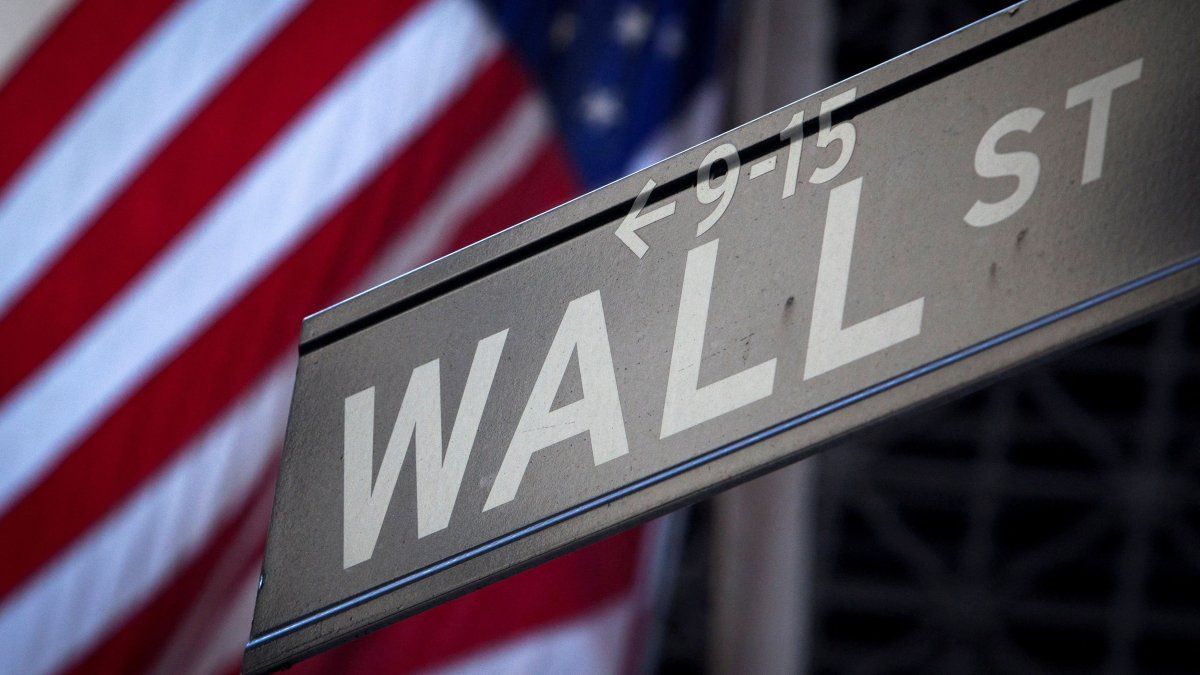The stocks on wall street register an increase this Tuesday after a positive update on inflation and prior to the final data that will be known this Wednesday.
The S&P 500 rises 0.5%. The Dow Jones Industrial Average advanced 0.4%, while the Nasdaq Composite climbed 0.7%. The increase is led by the industrial sector, which rose 1.2% as a whole. Followed by “utilities” which does so at 1.1%. Meanwhile, the technology sector climbs a slight 0.4% after the strong sale it suffered the day before.
It happens that the markets reacted to the report that showed that wholesale inflation in the US was lower than expected by economists last month. This is an encouraging sign ahead of Wednesday’s data, which will show the impact of inflation on consumers, from prices at the gas pump to supermarkets and car dealerships in December.
Persistently high inflation numbers and a streak of better-than-expected economic data have sent Wall Street into a prolonged period of declines, moving it away from multiple all-time highs reached last year. The concern is that this strong data will persuade the Federal Reserve (Fed) to offer less relief through lower interest rates.
The Fed has already hinted that it will likely cut rates just twice in 2025, compared to four cuts previously projected. However, speculation is growing that the Fed might not cut rates at all this year.
These uncertainties have raised Treasury yields in the bond market, increasing pressure on the stock market. However, yields slowed their rise following the update on wholesale inflation.
The yield on the 10-year Treasury note held at 4.78%, its level on Monday afternoon, but was below the 3.65% recorded in September. The two-year bond yield, which more closely tracks expectations for the Fed’s actions, fell to 4.36% from 4.39%.
The reports that the square digests
President-elect Donald Trump’s team is considering a month-by-month rollout of promised tariff increases rather than imposing higher levels in one move, Bloomberg reported, in order to avoid inflation spikes.
The likelihood that Trump’s policies will increase price pressures has worried markets, as this could limit the Federal Reserve’s room to lower interest rates. However, gradual tariffs could still be “problematic” for the Federal Reserve’s efforts to cool inflation, a UBS strategist said.
Inflation in the United States
Wholesale prices rise less than expected in December, which could ease inflation concerns.
Crypto Alert
Tuesday’s report from the Bureau of Labor Statistics showed that its producer price index (PPI), which measures changes in prices faced by companies, rose 3.3% compared to a year ago, up from 3% in November, but below the increase in the 3.5% that economists had projected. ANDOn a monthly basis, prices rose 0.2%, below the 0.4% increase expected by economists.
Excluding food and energy, “core” prices rose 3.5% year-on-year, up from November’s 3.4% increase. Economists had anticipated a 3.8% increase. Meanwhile, monthly base prices were unchanged, below the expected 0.3% increase and the 0.2% increase recorded the previous month.
As of Tuesday morning, markets were pricing in just a 3% chance that the Federal Reserve will cut rates at its January meeting, according to the CME FedWatch tool. Markets don’t see more than a 50% chance of a cut until at least the June meeting.
Source: Ambito




